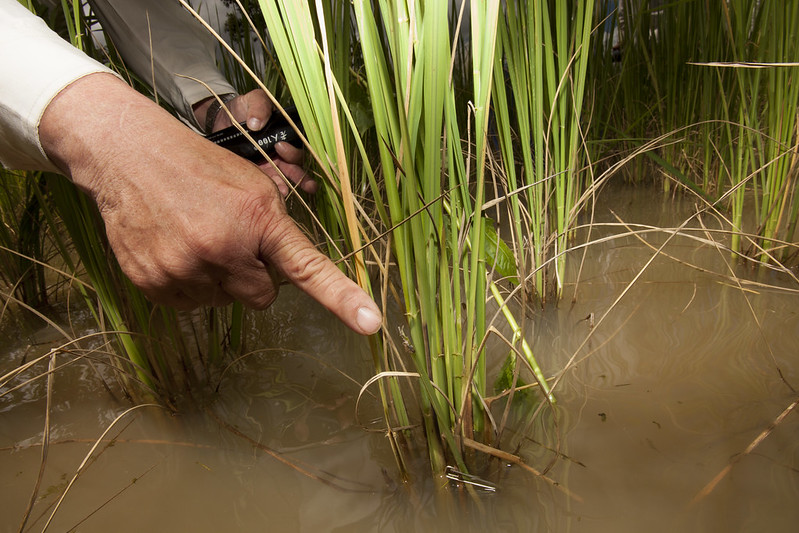If you are aiming for a balanced ecosystem in your area, then you’ll need IPM. Other than that, what are the benefits of IPM?
Knowing more about IPM is beneficial for you since it can guarantee pest eliminations, and if you did apply it, you’d see how it’s better for yourself and your surroundings. Continue reading to know more.

What Is IPM?
IPM, also known as integrated pest management, GardenTech summarizes its concept as creating an environment that protects an ecosystem and makes a suitable habitat for others while deterring pests in the best way possible. It can involve pest control methods like biological, chemical, cultural, and physical; here are some of them that you can utilize:
- Cultural control involves choosing a pest-resistant plant, planting at reasonable periods in the right places, avoiding over watering or over fertilizing, doing a soil test, and many more.
- Biological control encourages the growth of beneficial insects and insects that could antagonize possible pests.
- Physical controls may involve traps, nets, hand-picking, mowing, the use of mulch, and many more.
- Chemical control is optional; you can use this to support your previously used pest control to ensure a thorough elimination of pests, and it can also be used as a preventative agent. Some of the chemicals are traditional, natural, and preventive pesticides.
IPM combines different pest control methods, making it more effective. This program works with the help of information regarding pests’ behavior and life and focuses on lessening possible damages that these tiny creatures may incur.
Sticking to using only one of the pest control methods is not as effective as using combinations of those. Rather than killing pests, IPM is more focused on strengthening the environment and creating an unfavorable habitat for pests without affecting one’s property or crops.
It promotes long-term plans for protecting residential or commercial places and outdoor gardens or farms. You can apply it both for small or large-scale problems.
IPM may involve the following act: inspection, observation, identifying pests, evaluation, management, and many more. To know more, you may visit this article concerning what is integrated pest management.
Benefits Of IPM
Through the definition of IPM stated above, you can see some tidbits of the advantages that it can bring. An integrated pest management approach can offer numerous benefits; some of those are the following:
- It creates a safe environment.
- It promotes the protection of the ecosystem in agriculture.
- It helps the development of healthy crops without disturbance.
- Beneficial insects are taken into consideration.
- It reduces exposure to the residues of toxic pesticides.
- Diminish the risk of getting asthma or allergies.
- Open for new and eco-friendly pest control alternatives.
- Guaranteed effectiveness on pest elimination.
- It is an anti-resistant way of pest management.
How does IPM work?
After knowing integrated pest management and its benefits, it’s time to understand how IPM works. See this programs’ five-step approach below:
Step #1. Monitor
The first step involves observing your area and seeing if pests trails would be seen. It can help hinder the possibility of pests developing and infesting your site as early as you can.
If you have a garden and it is where you want to apply IPM, the best way to monitor your garden is by creating a journal. Write down all plants you have, their progress, condition, and irregularities.
Step #2. Identify
This step starts combating the pests you caught sight of in your area. The best way to ensure that you’ll effectively eliminate and deter problems is by identifying the problem, the environment that encourages its growth, and which plant it has attached.
You may proceed to this article about the 5 major categories of pests in pest control for further information.
Step #3. Assess
Now you are able to determine all factors using the previous steps; it is time to know which actions should be taken to lead to less risk and more gains.
What are your choices? Which combinations of pest control methods lead to the best outcome? How much will this cost you?
Those are some of the queries you’ll have to assess and provide answers to; it’s best to take it easy and genuinely weigh your choices and outcomes.
Step #4. Implement
It’s now time to finalize your decision and create the strategy you would implement. Be sure to choose the most feasible, environment-friendly, and effective pest control approach.
Step #5. Evaluate
You should note the implementation process because there could be some critical changes in the midst of it. Make sure you monitor the effectiveness and the changes that your approach is making, so you can learn from this and make adjustments when something goes wrong, or it can also be used as a basis for the future.
You may visit this informative piece concerning integrated pest management (IPM) for a better understanding.
Conclusion
Now that you know “what are the benefits of IPM”, what it is, and how it works, you can now proceed to apply it to your problem. By establishing an IPM approach, you take action with the proper method with fewer risks to achieve the best environment.
